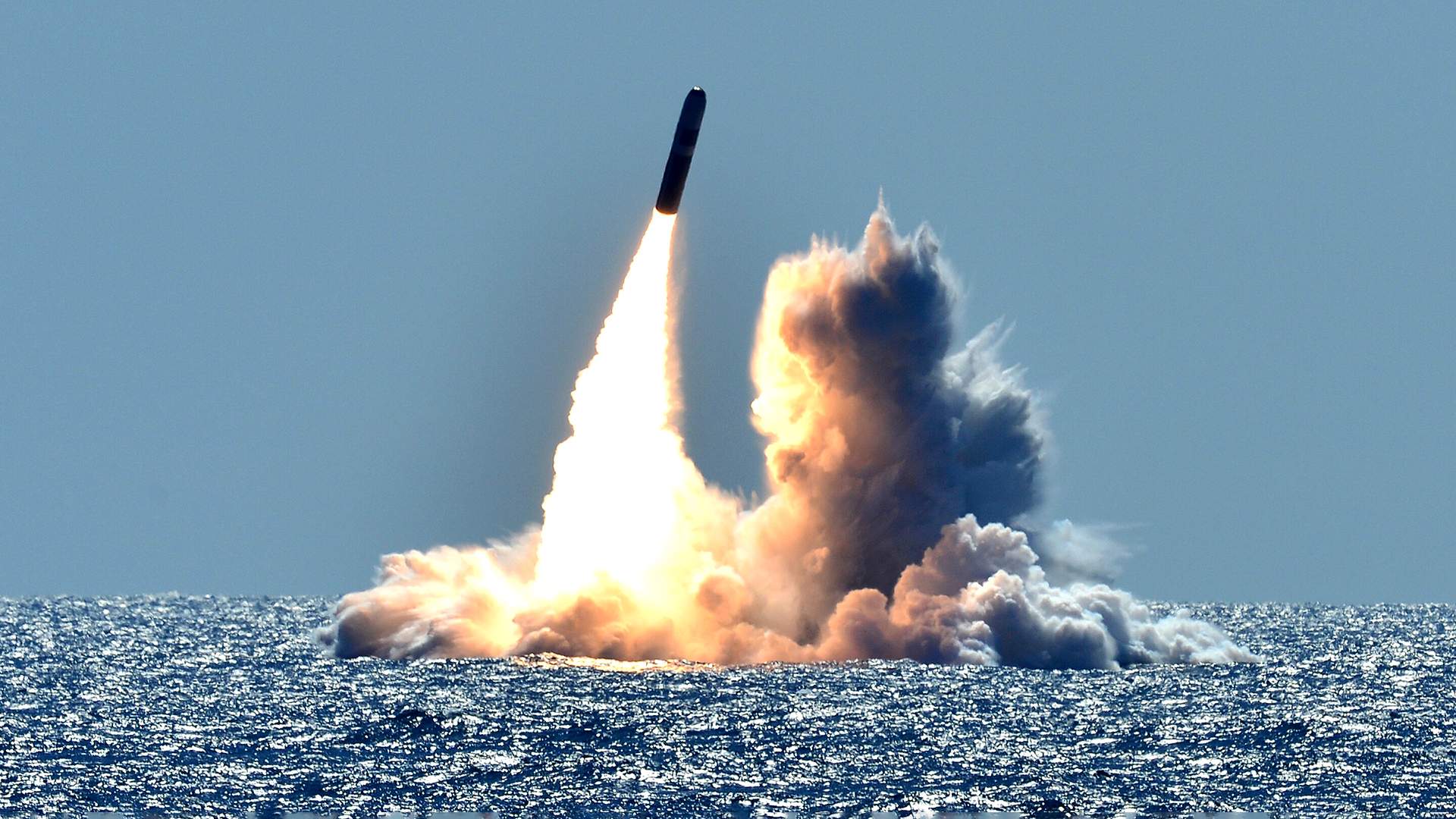The failure of the Trident II rocket launch has called into question its effectiveness
The test launch of the Trident II intercontinental ballistic missile from the British nuclear submarine HMS Vanguard ended in failure — it fell into the ocean a few seconds after leaving the launcher as a result of some kind of "anomaly". British Defense Minister Grant Shapps hastened to assure that the incident did not affect the nuclear deterrent system. But is it true? Of the European NATO member countries, Britain and France have nuclear weapons, and these are mainly missiles on submarines. Izvestia figured out what condition they were in and what they were capable of.
The Arsenal of Great Britain
The test launch of the Trident II missile, the only component of the UK's nuclear forces, was conducted on January 30 off the east coast of the United States from the nuclear submarine HMS Vanguard. It was controlled by the American Missile Center in Florida. The rocket left the launcher, but its engines did not turn on, and it fell literally near the side of the nuclear-powered vessel.
The previous similar incident occurred at the trials in 2016. And then this led to the decision to postpone the Trident II modernization program to a later date. But now the situation is different — Britain needed to demonstrate the resilience of the nuclear sword in the face of escalating international tensions. However, it didn't work out very well. The rocket did not fly.
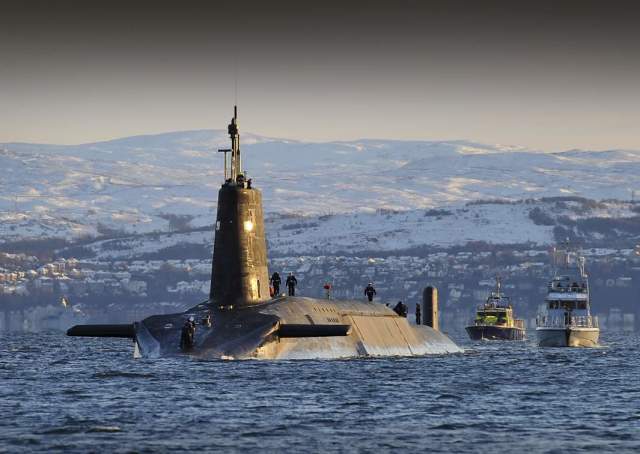
Submarine HMS Vanguard
Image Source: Photo: commons.wikimedia.org
With the end of the Cold War in the 1990s, the United Kingdom halved its arsenal from 540 warheads to 225. Since 1998, all nuclear warheads have been placed only on Trident II missiles, which are carried by four Vanguard-type submarines. At the same time, most of the arsenal is currently in storage, and only 120 combat units are ready for operational deployment on missiles. Of these, only 40 warheads are on active duty in one of the four submarines.
Each Vanguard-class submarine carries 16 three-stage Trident II with a range of up to 12 thousand km. These are American missiles. In the UK, they were adopted in 1995 and carry thermonuclear warheads developed and produced there, which, however, are very close in their parameters to the American models native to the missile.
It is believed that the British warheads use the American body of the W-76 combat unit, but the thermonuclear charge has three power levels — 0.3 kt, up to 10 kt and 100 kt. Each missile can carry from one to eight individually guided warheads — that is, the missile's combat stage can direct each block along its trajectory with some deviation from the previous one.
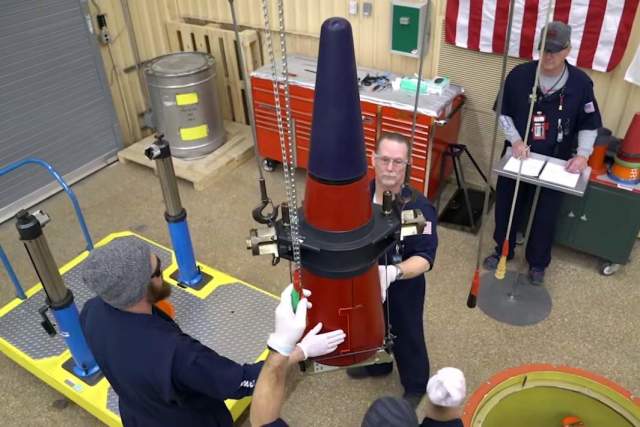
Housing W76-1
Image Source: Photo: commons.wikimedia.org
The UK was in no hurry to modernize its nuclear arsenals. The updates were planned to begin after 2030. But in the current tense situation, London, firstly, stopped the program of reducing the nuclear arsenal and announced an increase in the number of warheads to 260 units. And secondly, they started talking about the need to modernize missiles and warheads, without waiting for the 2030s.
An increase in the total number of warheads will increase the number of combat-ready ones by two to three times, that is, in one potential salvo from combat duty, the British fleet will be able to launch 120, and in the case of putting two additional submarines to sea — 360.
Arsenal of France
Unlike the United Kingdom, France has remained true to its traditions and retained its nuclear forces in two guises — as warheads of submarine-launched ballistic missiles and in air-to-ground missiles of tactical aviation. The total arsenal is slightly larger than that of the UK, and amounts to about 300 warheads. Moreover, almost all French charges are ready for operational deployment and use.
54 warheads can be placed on ASMPA air-to-ground missiles with a range of up to 300 km. They underwent modernization in the 2000s, and now their capacity can be up to 300 kt. Of course, these missiles must be launched by a carrier aircraft - such in the French Air Force is the Rafale multi—purpose fighter. Its combat range is 1300 km, but it is equipped with an in-flight refueling system and technically can hit targets with ASMPA missiles in any part of the European continent.
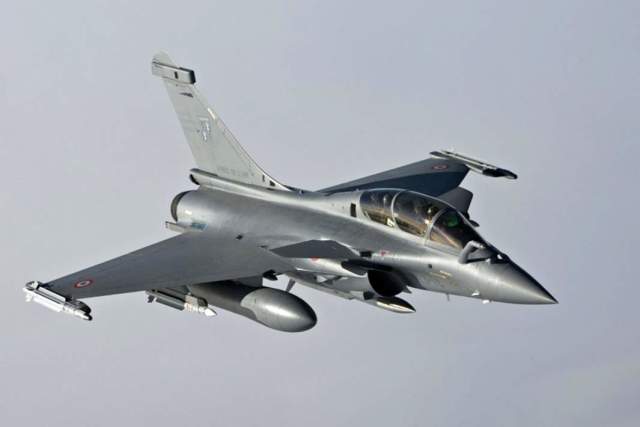
Rafale multirole fighter armed with ASMPA missiles
Image Source: Photo: mbda-systems.com
The second component of France's nuclear arsenal is submarine—launched ballistic missiles. After the end of the Cold War, six French Redoutable-class submarines were replaced by four modern Triomphant-class submarines. Each such ship carries 16 M51-type ballistic missiles with a range of up to 9 thousand km. Each of them has up to six warheads. And the French Nuclear Navy is undergoing a program to modernize them — now some missiles are equipped with TN-75 warheads developed in the 1990s with a capacity of 100 kt, and some carry the most modern TNO warheads.
France keeps no more than two missile submarines on combat duty at the same time, each with a maximum of 96 warheads.
Thus, the European nuclear forces today have a maximum of 500 and a few warheads, which, of course, is significantly less than the American or Russian nuclear arsenals. Nevertheless, the areas where the French and British naval nuclear forces are based are the North Atlantic and the North Sea, from where targets can be hit almost throughout Russia.
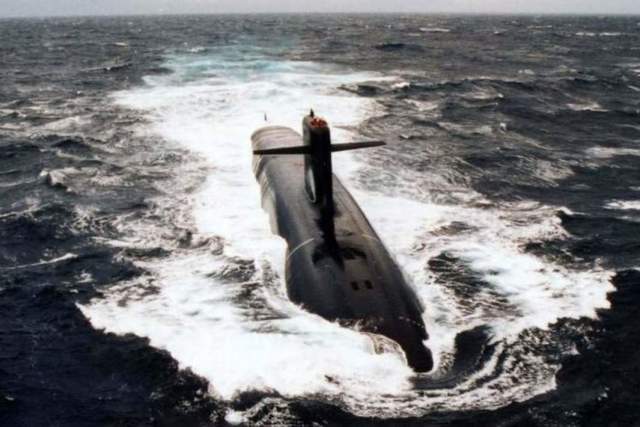
Triomphant Submarine
Image Source: Photo: commons.wikimedia.org
In the event of a general crisis, the nuclear forces of both European countries will clearly coordinate their actions with all NATO countries and the United States. It's probably in their secret instructions. So the nuclear arsenals of France and Great Britain were, are and remain a rather serious threat that should not be underestimated.
Dmitry Kornev
